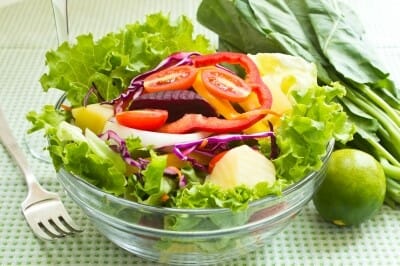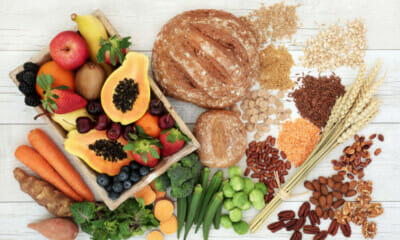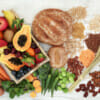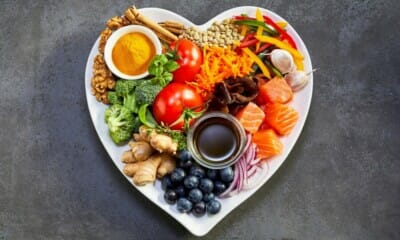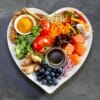Breaking Down Superfood Misconceptions
My son shared a surprising link with me today, sparking a new perspective on superfoods and their supposed health benefits. It made me realize how we often overlook simple, easily accessible foods in favor of trendy, less common options, inadvertently playing into the hands of commercial food manufacturers. Before delving into the details I came across, let’s first understand the concept of superfoods as defined in dictionaries.
What Exactly is a Superfood?
According to the Macmillan Dictionary, a superfood refers to a food that is believed to have significant health benefits and possibly aid in managing certain medical conditions.
Similarly, the Oxford Dictionary defines a superfood as “a nutrient-rich food known to offer exceptional advantages for health and overall well-being.”
In reality, the term “superfood” is largely a marketing ploy with limited scientific basis. It is a non-medical term popularized by the media to describe foods that are thought to promote health by reducing disease risks or enhancing physical and mental well-being. Superfoods are typically rich in antioxidants, vitamins, or other beneficial substances that support good health.

Now, let’s dive into some common superfoods and the myths surrounding them.
Quinoa
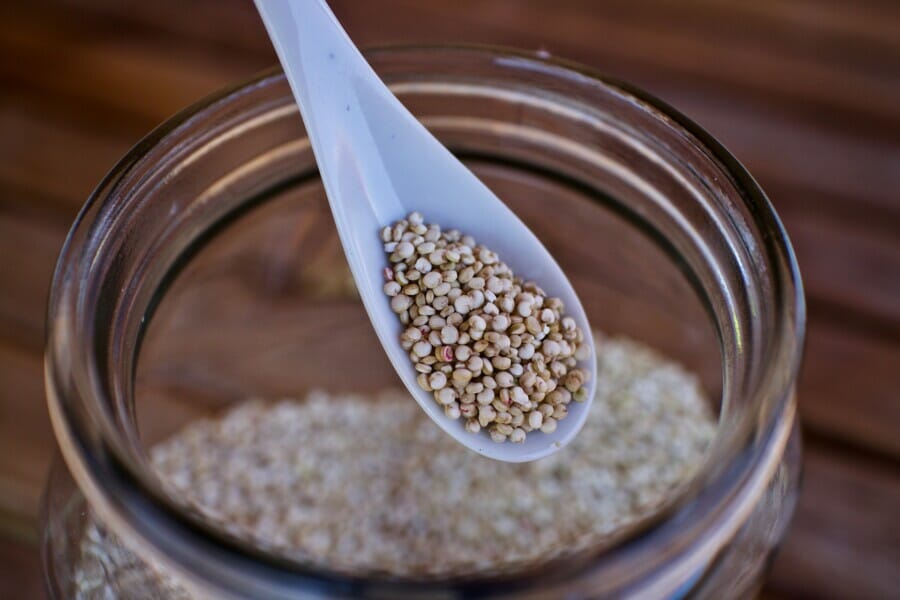
Image by sweetlouise via Pexabay
Claim
Quinoa is often praised for its high protein content and gluten-free nature, containing 18% more proteins than other grains.
Reality
Despite its protein content, quinoa contains gut-irritating saponins and lectins, potentially due to its high fiber content, leading to common issues like gas and bloating.
Coconut
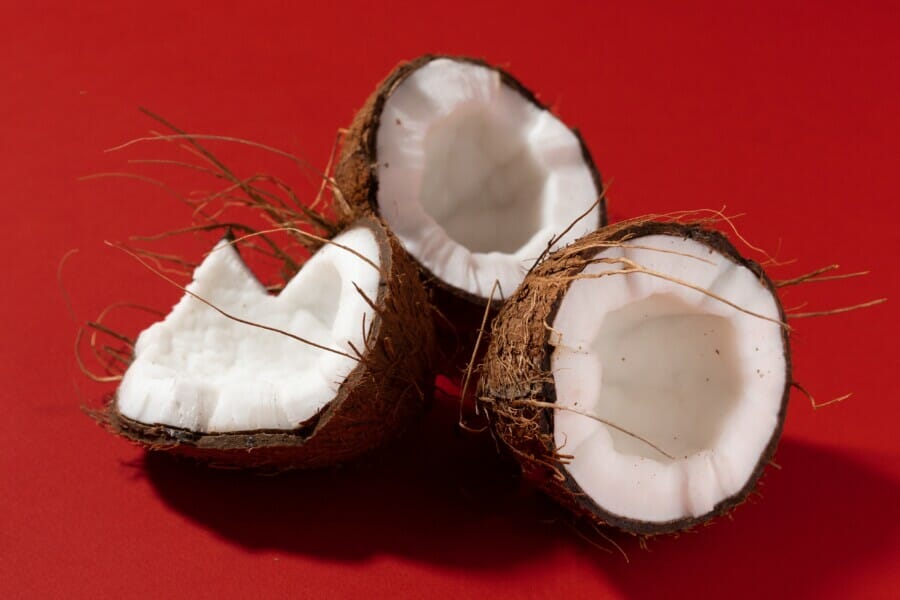
Image by Mikhail Nilov via Pexels
Claim
This fruit is touted for its high potassium and magnesium levels and is often marketed as a post-workout drink.
Reality
While coconut is low in calories, 100 ml of this so-called superfood contains three teaspoons of sugar, equivalent to half of your daily recommended sugar intake.
Wheatgrass
 Claim
Claim
Advocates of wheatgrass make various health claims, from overall well-being to cancer prevention.
Reality
Scientific evidence cited by the American Cancer Society does not support the notion that wheatgrass or a wheatgrass diet can cure or prevent diseases, with some limited evidence of beneficial effects from chlorophyll.
There are many other formerly touted superfoods like goji berries and acai berries that have fallen from grace, but since I have not personally tried these, I am unbothered by their debunked statuses. Discovering this research-backed list of real superfoods brought me immense joy as I already consume most of them. Here is a compilation of the most nutrient-dense vegetables and fruits you can incorporate into your diet:
Chinese cabbage, spinach, beet greens, leaf and romaine lettuce, mustard leaves, turnip greens, red peppers, broccoli, pumpkin, cauliflower, kohlrabi, cabbage, carrots, tomato, strawberry, iceberg lettuce, and lemons.
Featured Image by Trang Doan via Pexels.


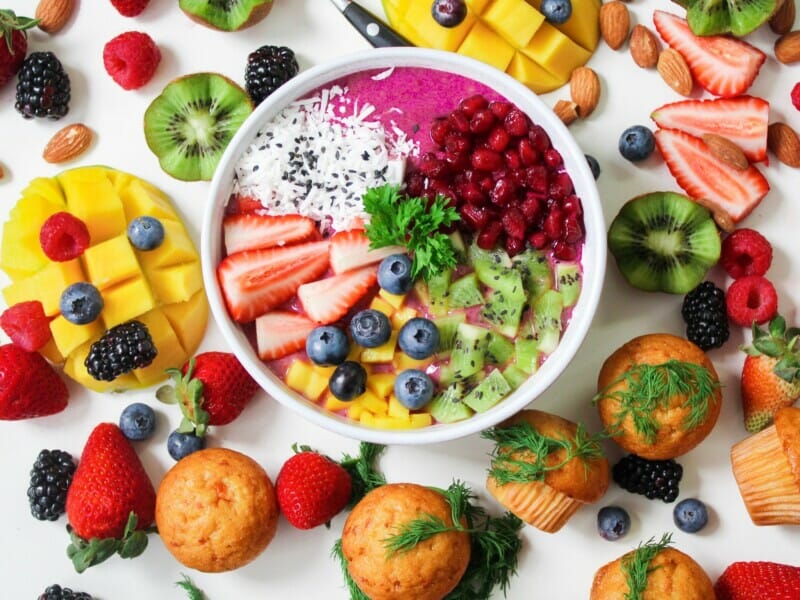




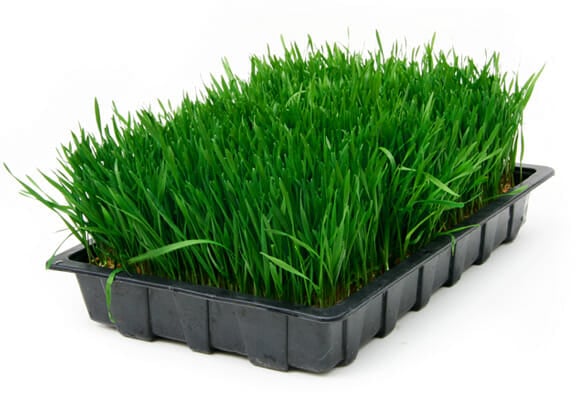 Claim
Claim